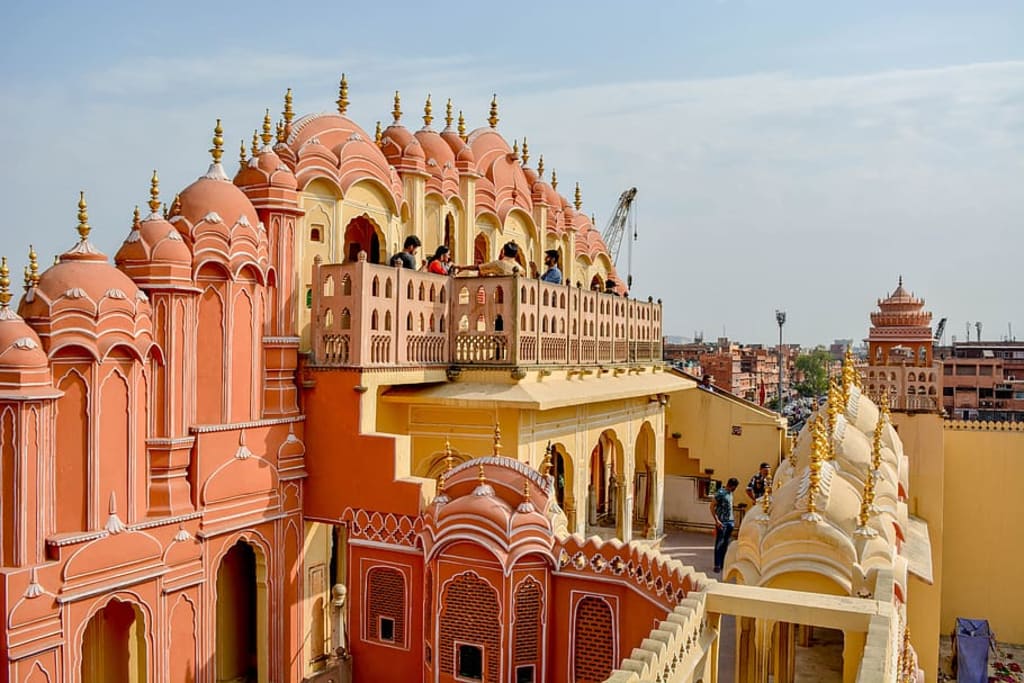
Jaipur is the capital of the Rajasthan state in India. The city was founded in 1727 and now is known as the Old City or Pink City for the trademark color of its buildings.
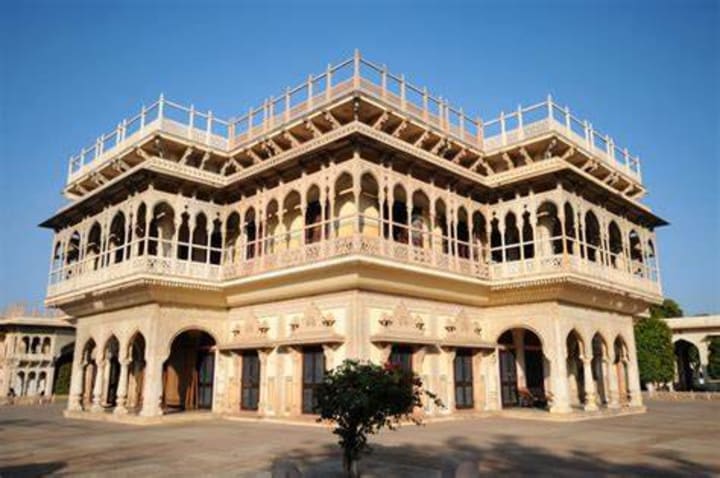
Mubarak Mahal (Welcome Palace) part of City Palace was built in the late 19th century for Maharaja Madho Singh II as a reception center for visiting dignitaries. It is a multi-arched and colonnaded construction built in a mix of Islamic, Rajput, and European styles by architect Sir Swinton Jacob. Today it is part of the Maharaja Sawai Mansingh II Museum where you can see a collection of royal costumes and impressive shawls.
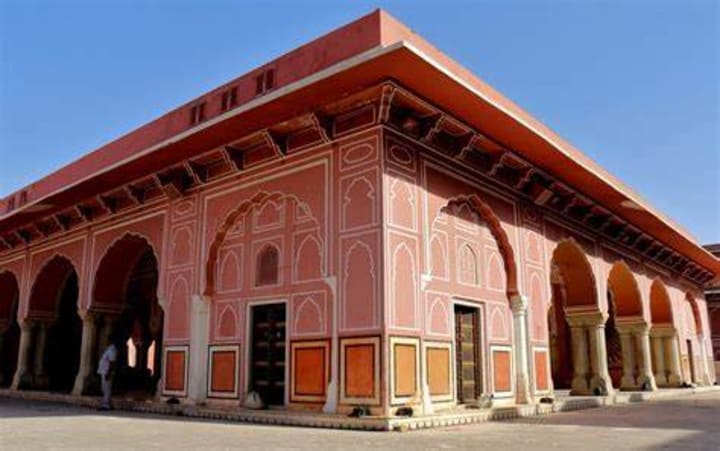
Diwan-i-Khas (Sarvatobhadra) is an open courtyard with a pink-and-white, marble-paved gallery at its center. The Diwan-i-Khas or Hall of Private Audience was where maharajas consulted their ministers. You can see two enormous silver vessels – 1.6m tall and supposedly the largest silver objects in the world. Maharaja Madho Singh II used these vessels to take holy Ganges water to England for the coronation of Edward VII in 1902.
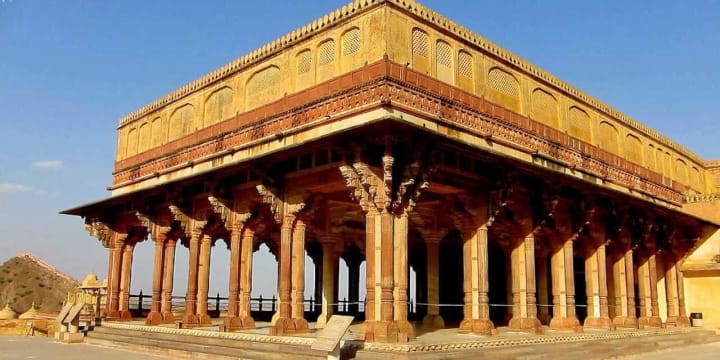
Diwan-i-Am or Hall of Public Audience is home to an art gallery. Exhibits include a copy of the entire Bhagavad Gita scripture handwritten in tiny script and miniature copies of other holy Hindu scriptures.
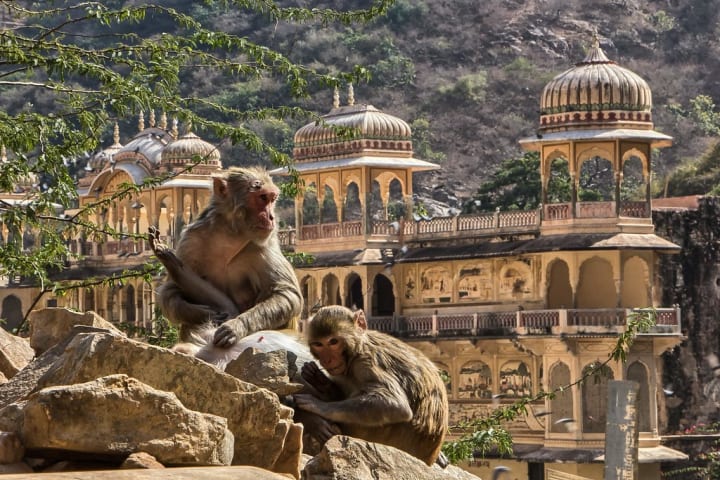
Galta or the Monkey Temple sits perched between the cliff faces of a rocky valley. You’ll find hundreds of monkeys making their home here, both macaques and langurs. At the gate, you can purchase peanuts to feed them. The temple has a number of sacred tanks, into which some daring people jump from the adjacent cliffs. The water is supposedly very deep and fed from a spring that falls through the mouth of a sculpted cow.
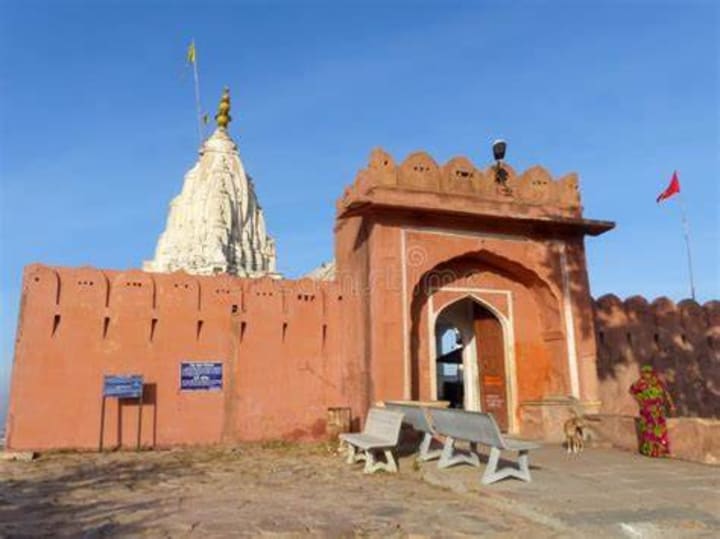
On the ridge above Galta, the 100m Surya Mandir rises and it can be seen from the eastern side of the city. A 2.5km-long walking trail stretches up to the temple from Suraj Pol and you can walk up from the Galta side to have views over the city.
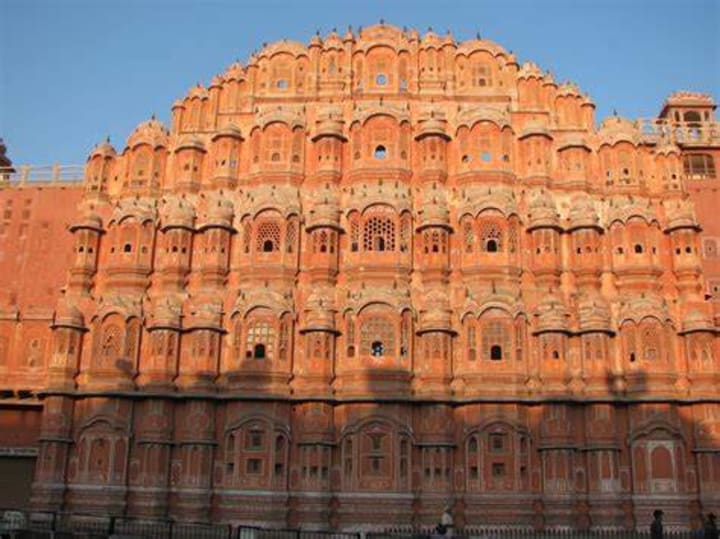
Hawa Mahal is Jaipur’s most distinctive landmark made of pink sandstone like a honeycombed hive rising up five stories. Maharaja Sawai Pratap Singh had it constructed in 1799 to enable ladies of the royal household to watch the life and processions of the city. The top offers amazing views. There is a small museum open Saturday to Thursday that displays miniature paintings and some rich relics like ceremonial armor. Be aware that it can get claustrophobic in the narrow corridors in the interior.
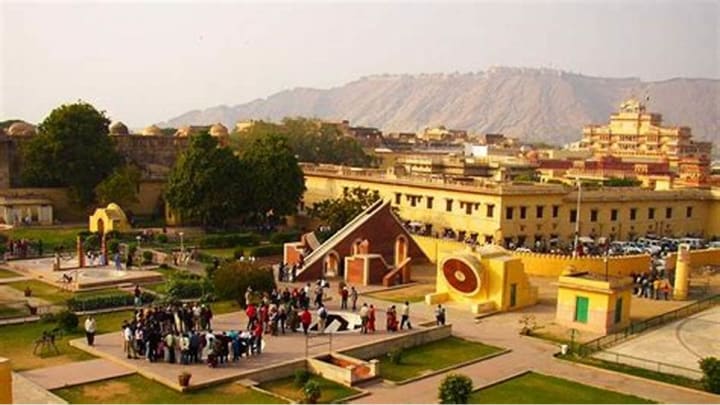
Adjacent to the City Palace you’ll find Jantar Mantar, an observatory that was begun by Jai Singh in 1728. The construction resembles a collection of giant unusual sculptures. It was built to measure the heavens and the name is derived from the Sanskrit yanta mantr, meaning “instrument of calculation”. In 2015 the observatory was added to India’s list of UNESCO World Heritage sites. This is the largest and best-preserved observatory of all of the five that Jai Singh built.
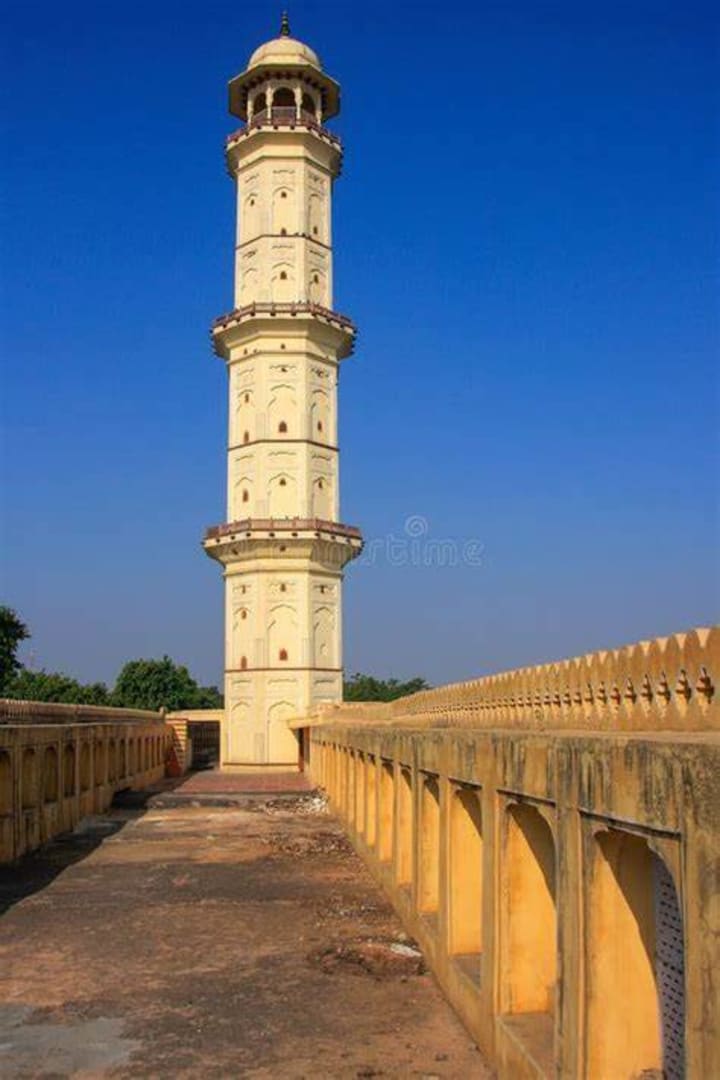
Iswari Minar Swarga rises high into the sky near the City Palace. This minaret dates back to the 1740s and was built by Jai Singh’s son and successor Iswari. For superb views of the city, you can head to the top of the minaret.

Nahargarth Fort was built in 1734 and extended in 1868. It overlooks the city from a sheer ridge to the north. Supposedly this fort was named after Nahar Singh, a dead prince whose restless spirit disrupted construction. No matter what was being built during the day it crumbled at night. The spirit of the prince agreed to leave if the fort was named for him. The views are wonderful here, especially at sunset. You can rest and have a beer at the restaurant.

Royal Gaitor, the royal cenotaphs, just outside the city walls, beneath Nahargarth are a place to visit and to relax. The stone monuments are beautifully and intricately carved. Among the maharajas honored here are Maharajas Pratap Singh, Madho Singh II, and Jai Singh II, who have the most impressive marble cenotaph, with a dome supported by 20 carved pillars.
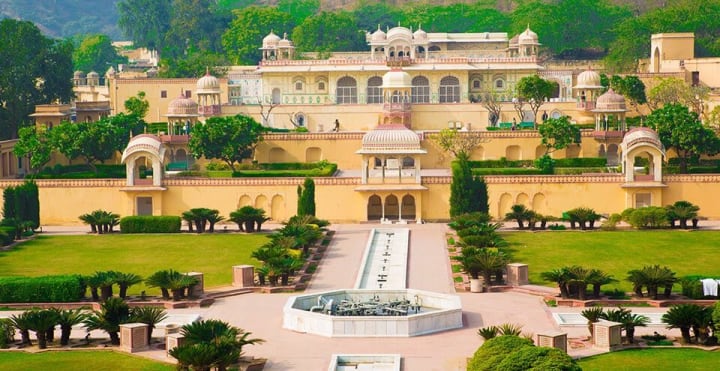
Sisodia Rani Palace Garden is located 6km from the city and consists of a pair of formal gardens. The first has grand formal terraced gardens with fountains and statuary. It was built in the 18th century for Maharaja Jai Singh’s second wife. Overlooking the gardens is the Sisodia Rani Palace, whose outer walls are decorated with murals that depict hunting scenes and the Krishna legend.
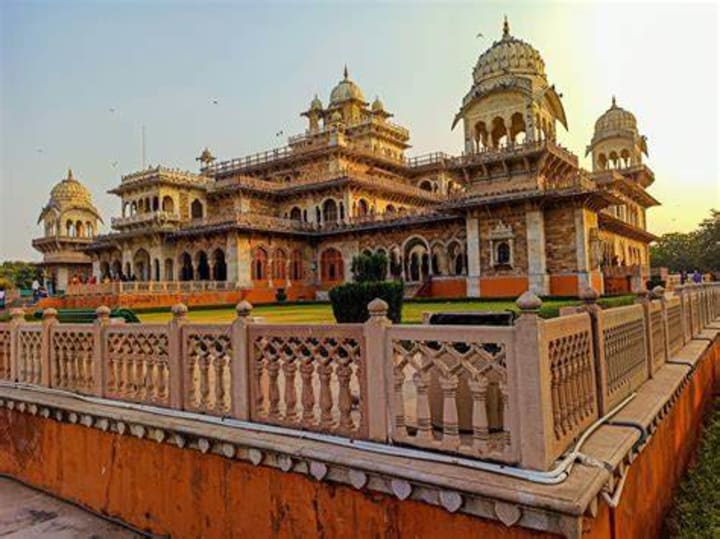
The Central Museum has found a home in the florid Albert Hall, south of the Old City. It was designed by Sir Swinton Jacob and combines the elements of English and North Indian architecture. Here you can see an eclectic array of tribal dress dioramas, sculptures, miniature paintings, carpets, musical instruments, and an Egyptian mummy.
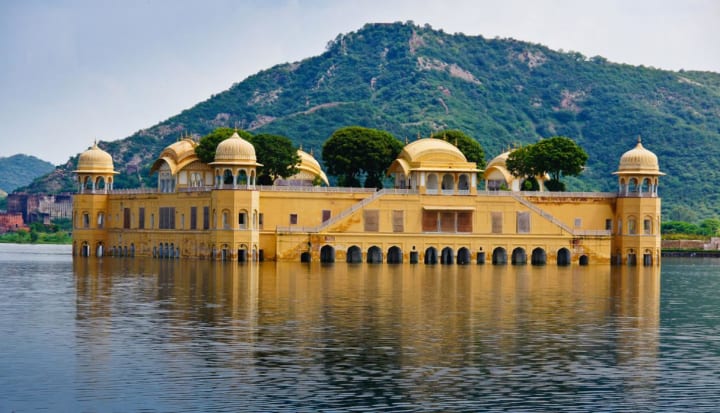
The lovely Jai Mahal is located upon the beautiful Man Sagar Lake. It was built in 1799 by Madho Singh as a summer resort for the royal family. It can be accessed via a causeway at the rear.
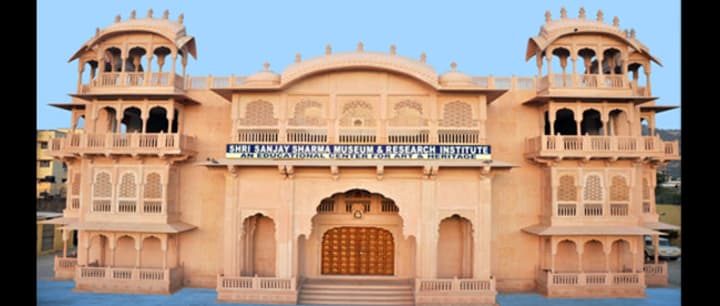
Shree Sanjay Sharma and Research Institute is a museum that displays precious objects collected by the parents of Shree Sanjay Sharma, who died as a boy. There are rare manuscripts and Indian art from around the country. A set of 18th-century paintings of yoga postures, elaborate locks, shoes, temple architecture drawings, beautiful royal games, 19th-century paper cut-outs, illustrated alchemy books, and a whole lot more.

The Modern Art Gallery is housed in an old theater on the first floor of the Ravindra Manch building. You can see impressive contemporary work and a collection of some of Rajasthan’s major painters and sculptors.
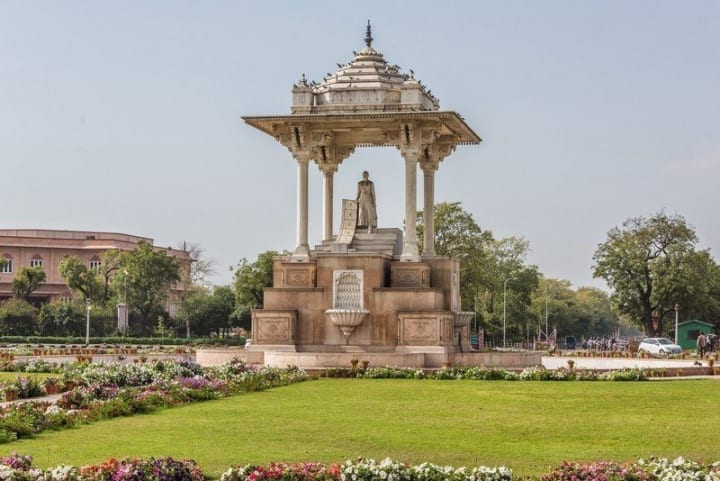
One interesting tourist spot is the famous Statue Circle. It is located at a busy traffic junction and a popular place to hang out. It counts as the most famous circle known in the Pink City. You can get different kinds of snacks from the vendors. It is also a famous tourist picnic spot and a favorite place for evening walkers and morning joggers. It was built as a tribute to Maharaja Sawai Jai Singh II, the founder of the city. The circle encompasses a life-sized statue of Maharaja Sawai Jai Singh Ii, made of white marble. He was an ardent lover of astrology so the statue shows him holding an astrological diagram. The memorial is decorated with brilliant lights and multi-colored fountains.
About the Creator
Rasma Raisters
My passions are writing and creating poetry. I write for several sites online and have four themed blogs on Wordpress. Please follow me on Twitter.


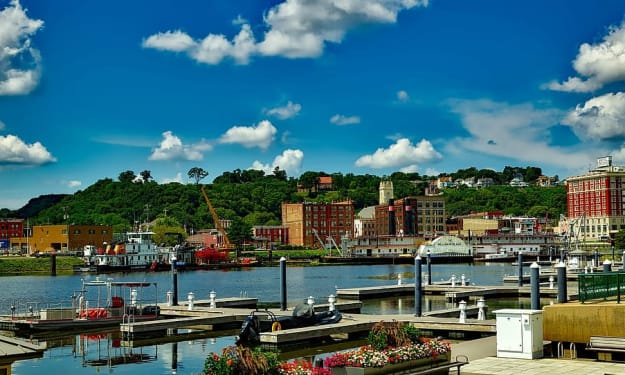



Comments
There are no comments for this story
Be the first to respond and start the conversation.